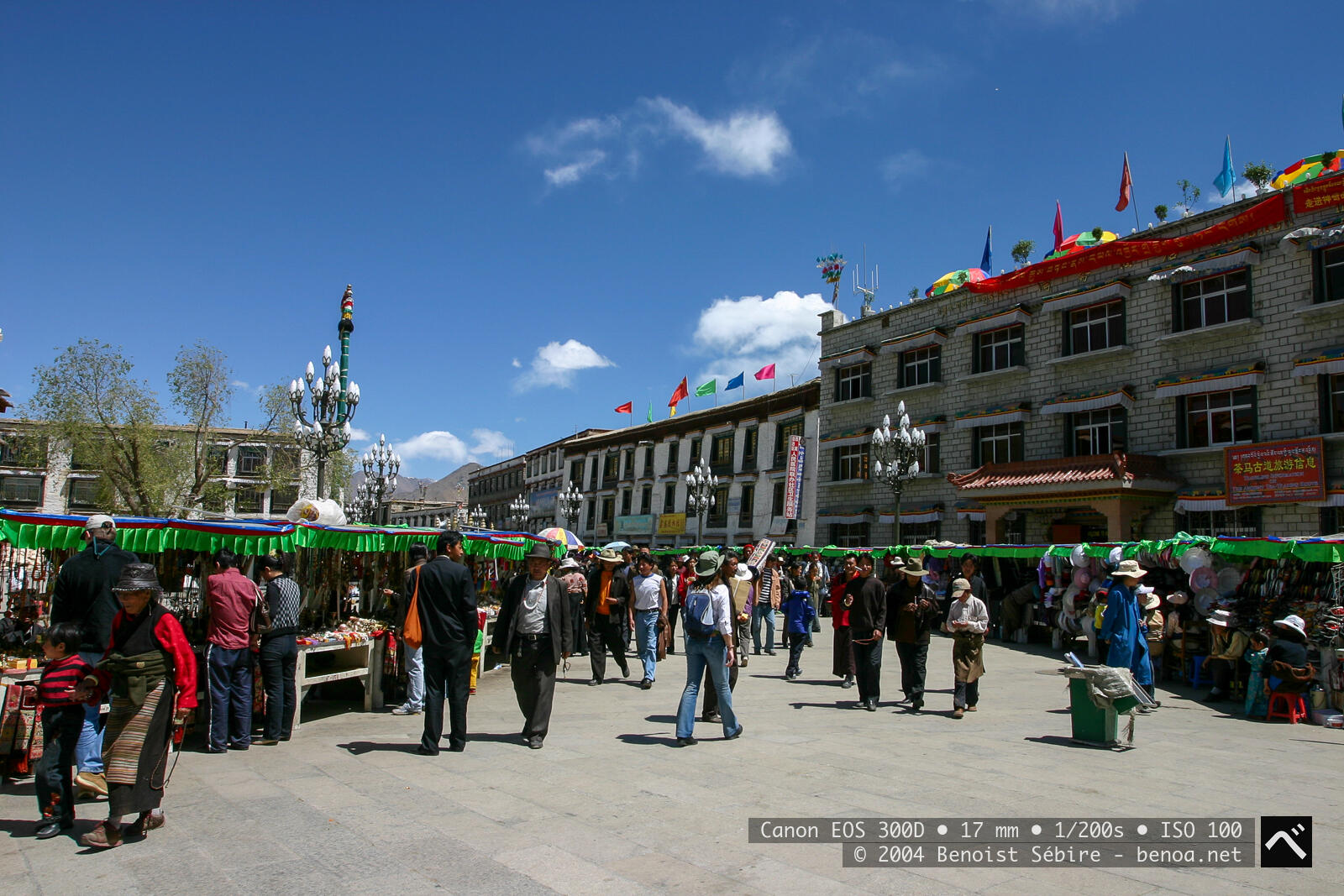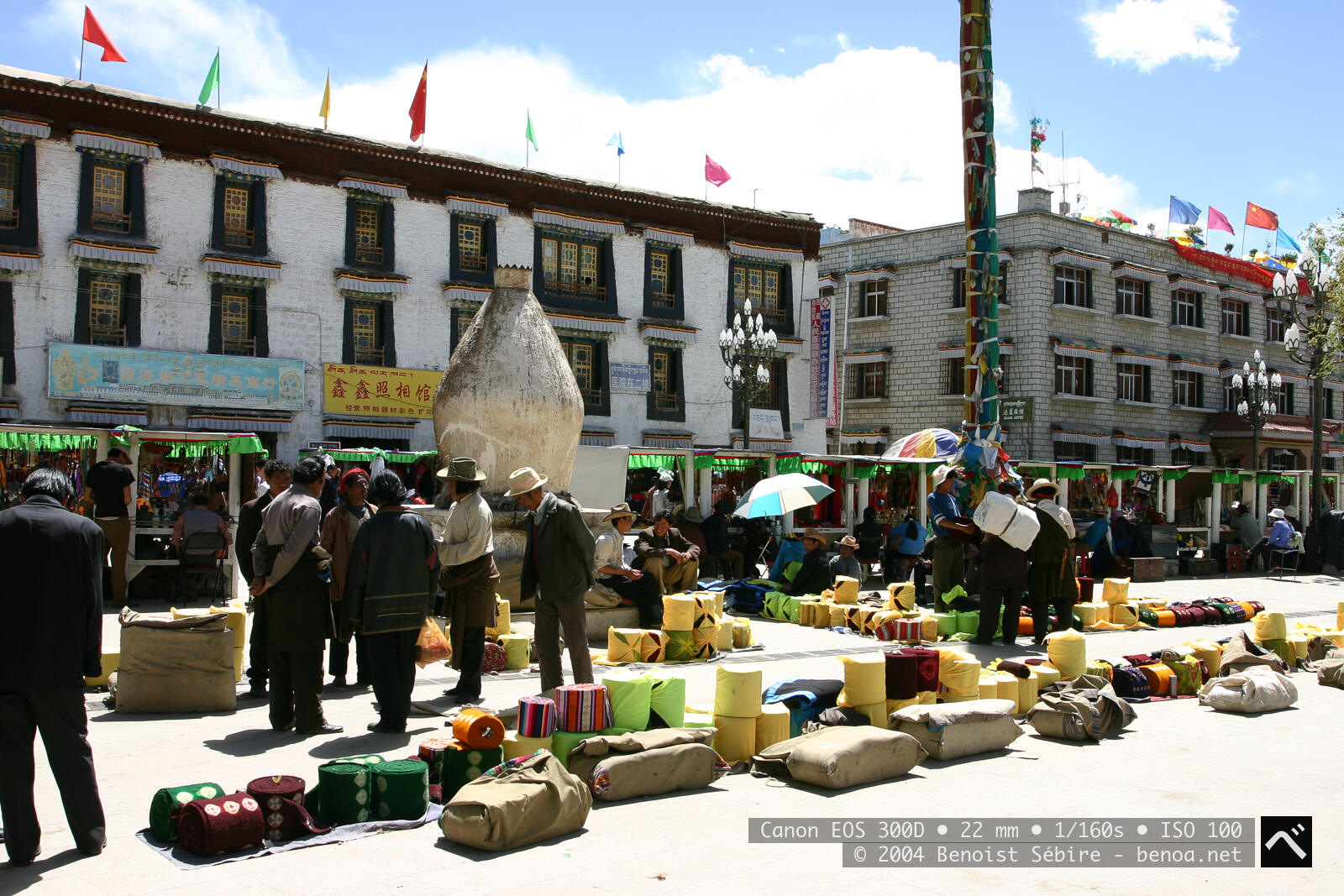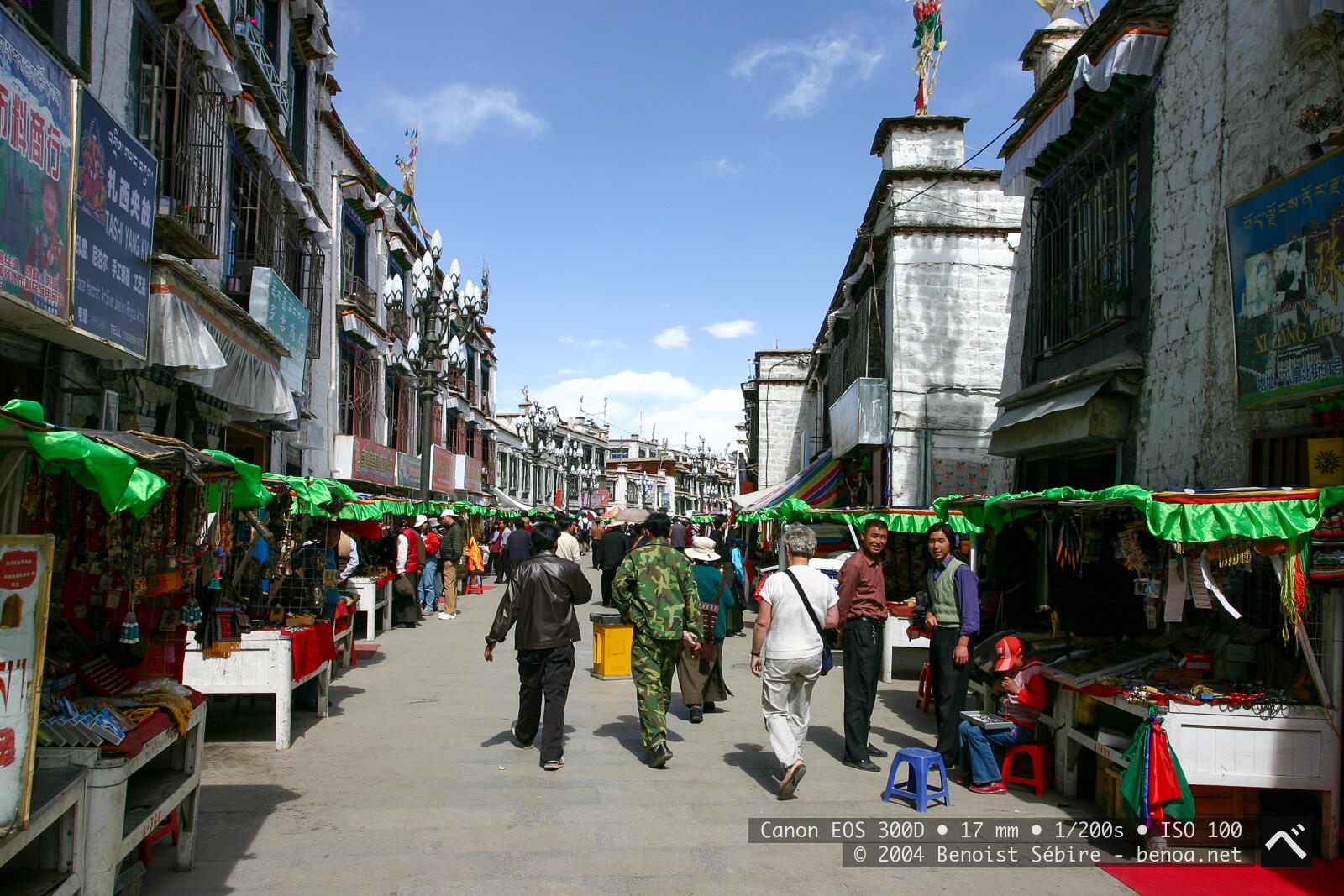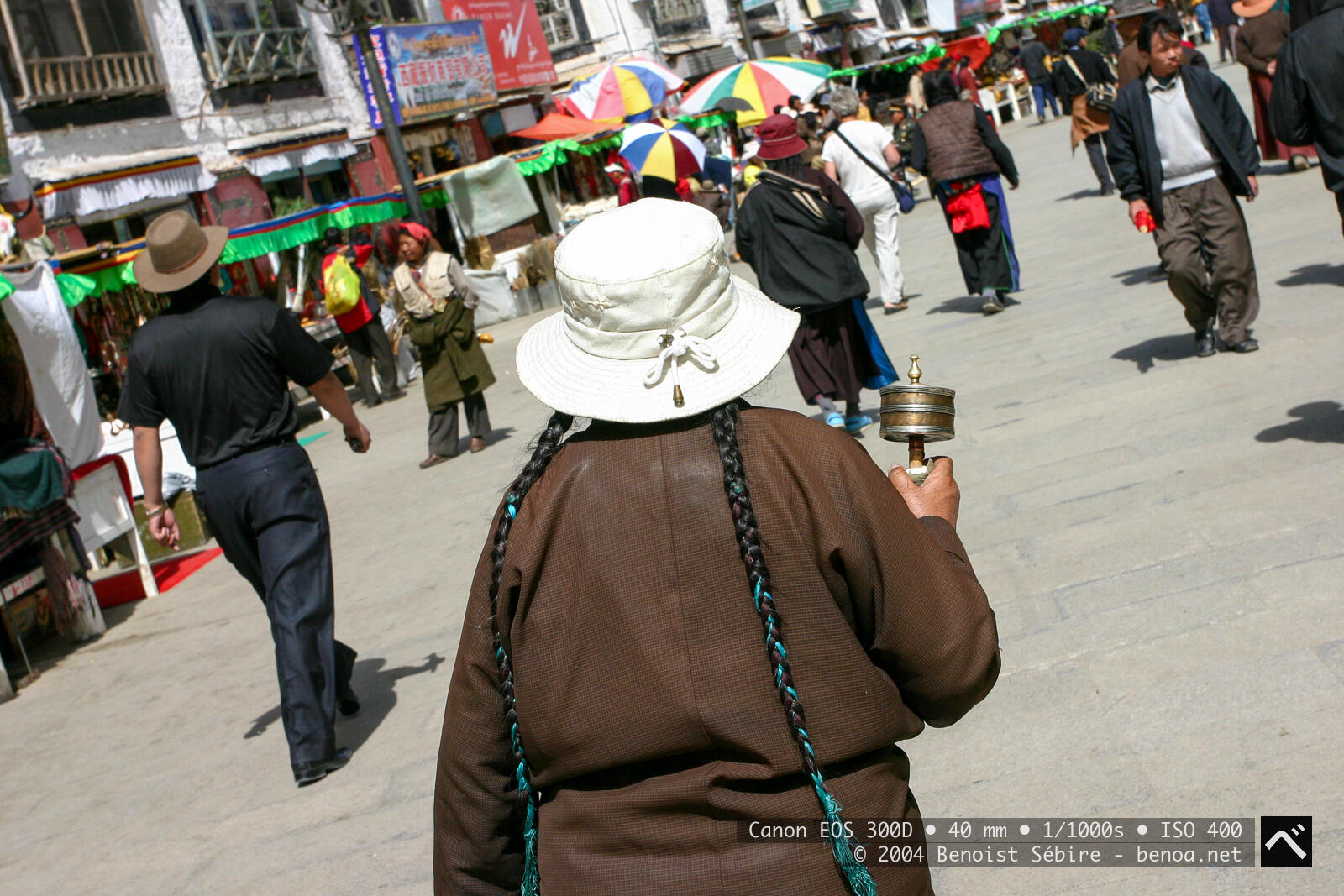Jokhang Temple
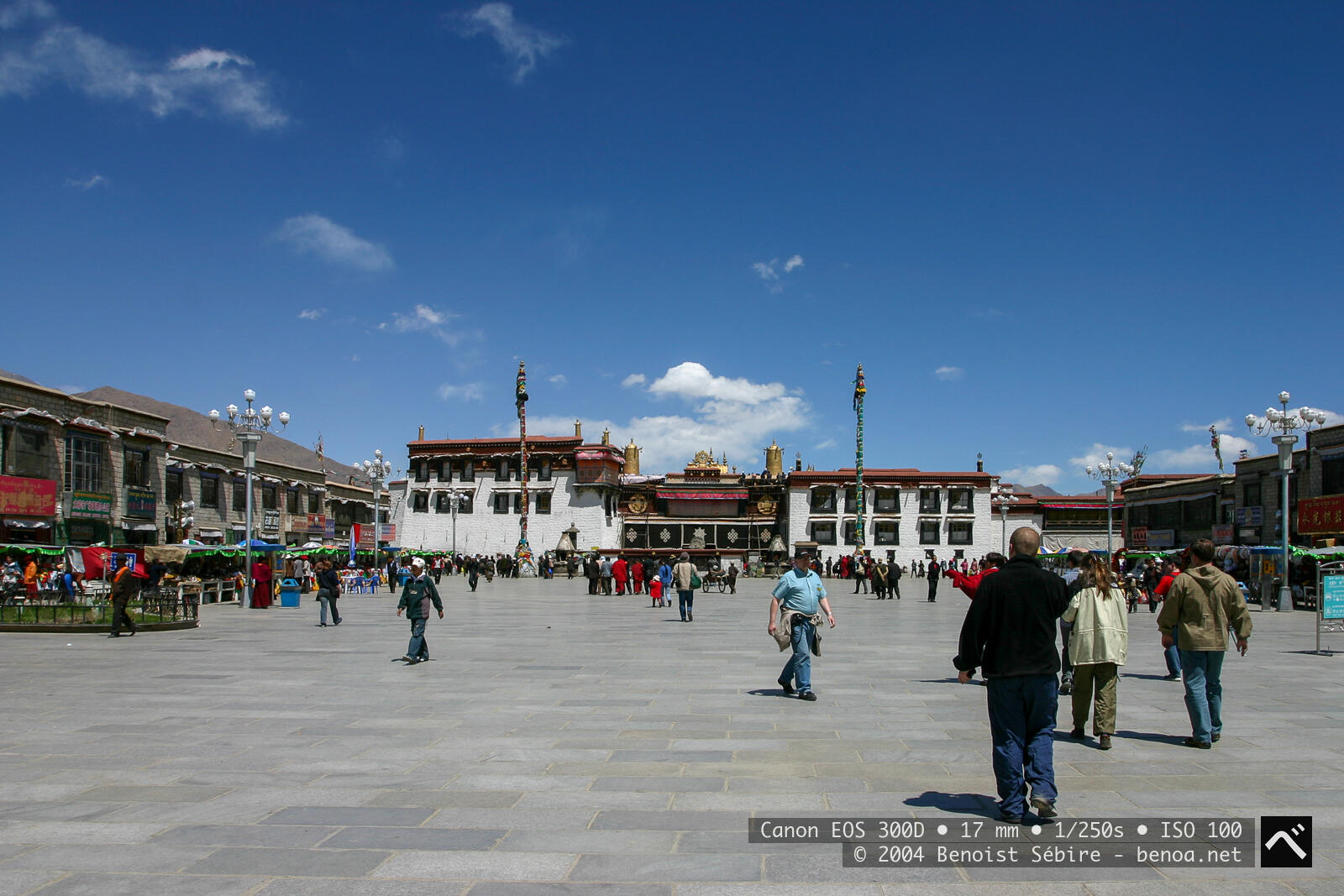
Jokhang Temple, the spiritual heart of Tibet, is the most sacred and important temple in Tibetan Buddhism. Located in Lhasa, it was built in the 7th century by King Songtsen Gampo to house a sacred statue of Jowo Shakyamuni, believed to be one of the most revered images of Buddha.
A mix of Tibetan, Nepalese, and Indian architectural styles, the temple is always bustling with pilgrims who prostrate themselves along the Barkhor Street circuit that surrounds it. The smell of burning yak butter lamps fills the air, and the golden rooftops shine against the high-altitude sky. It has survived centuries of political and religious turmoil, including the Cultural Revolution, making it a resilient symbol of Tibetan identity and faith.
Jokhang is part of the UNESCO-listed Historic Ensemble of the Potala Palace, cementing its status as a must-visit for anyone interested in Tibetan culture, history, and Buddhism. Just be ready for the altitude—Lhasa sits at 3,650 metres (11,975 feet) above sea level, so don’t sprint up the steps unless you fancy a bout of dizziness.
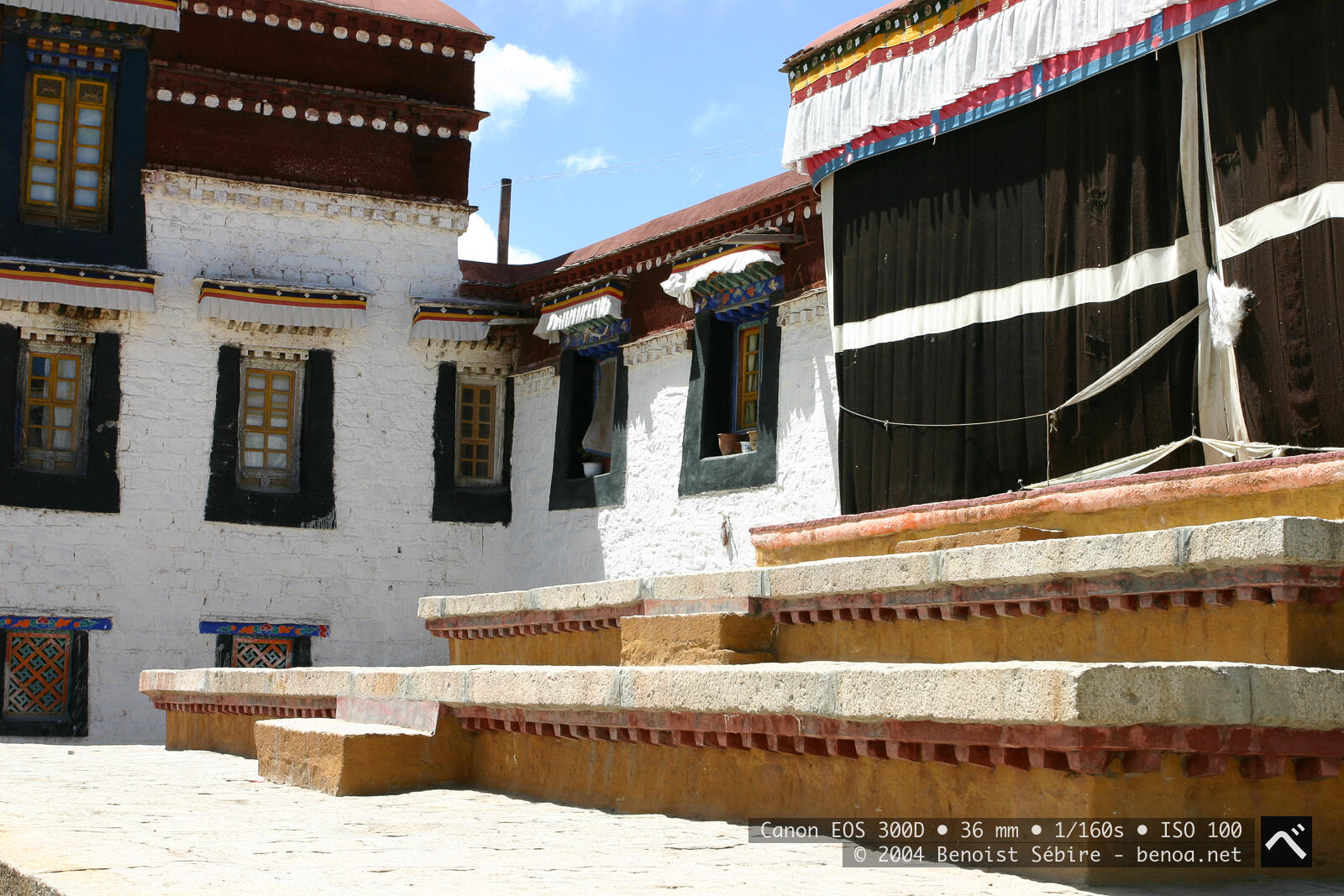
Built in the 7th century by King Songtsen Gampo, it was originally constructed to house sacred Buddhist relics brought by his two wives, Princess Wencheng from China and Princess Bhrikuti from Nepal. According to legend, the temple was erected on a lake to suppress a mythical demoness who was believed to hinder the spread of Buddhism. Over the centuries, Jokhang evolved into the spiritual centre of Tibet, with its influence surpassing even the Potala Palace.
Throughout its history, Jokhang Temple has endured periods of destruction and revival. Despite these setbacks, the temple remained central to Tibetan faith and identity. Local Tibetans secretly maintained their devotion, and following China’s policy shift in the 1980s, the temple was restored and reopened for religious practice.
The temple’s architectural blend of Tibetan, Nepalese, and Indian styles reflects the diverse influences that shaped Tibetan Buddhism. Pilgrims from all corners of Tibet journey to Jokhang, often performing full-body prostrations along the way to express their devotion. Inside, the air is thick with the scent of burning yak butter lamps, and the Jowo Shakyamuni statue, believed to be one of the most sacred images of the Buddha, remains the temple’s most cherished relic. Despite modern developments and political tensions, Jokhang continues to draw thousands of visitors and worshippers, standing as a symbol of Tibet’s unwavering spiritual and cultural resilience.
In 2000, Jokhang Temple was designated as part of the UNESCO-listed Historic Ensemble of the Potala Palace, recognising its historical and religious significance. However, concerns about its preservation remain, particularly after a fire broke out in 2018, the full extent of which remains unclear. Nonetheless, the temple remains the beating heart of Tibetan Buddhism, a place where devotion persists despite centuries of upheaval.
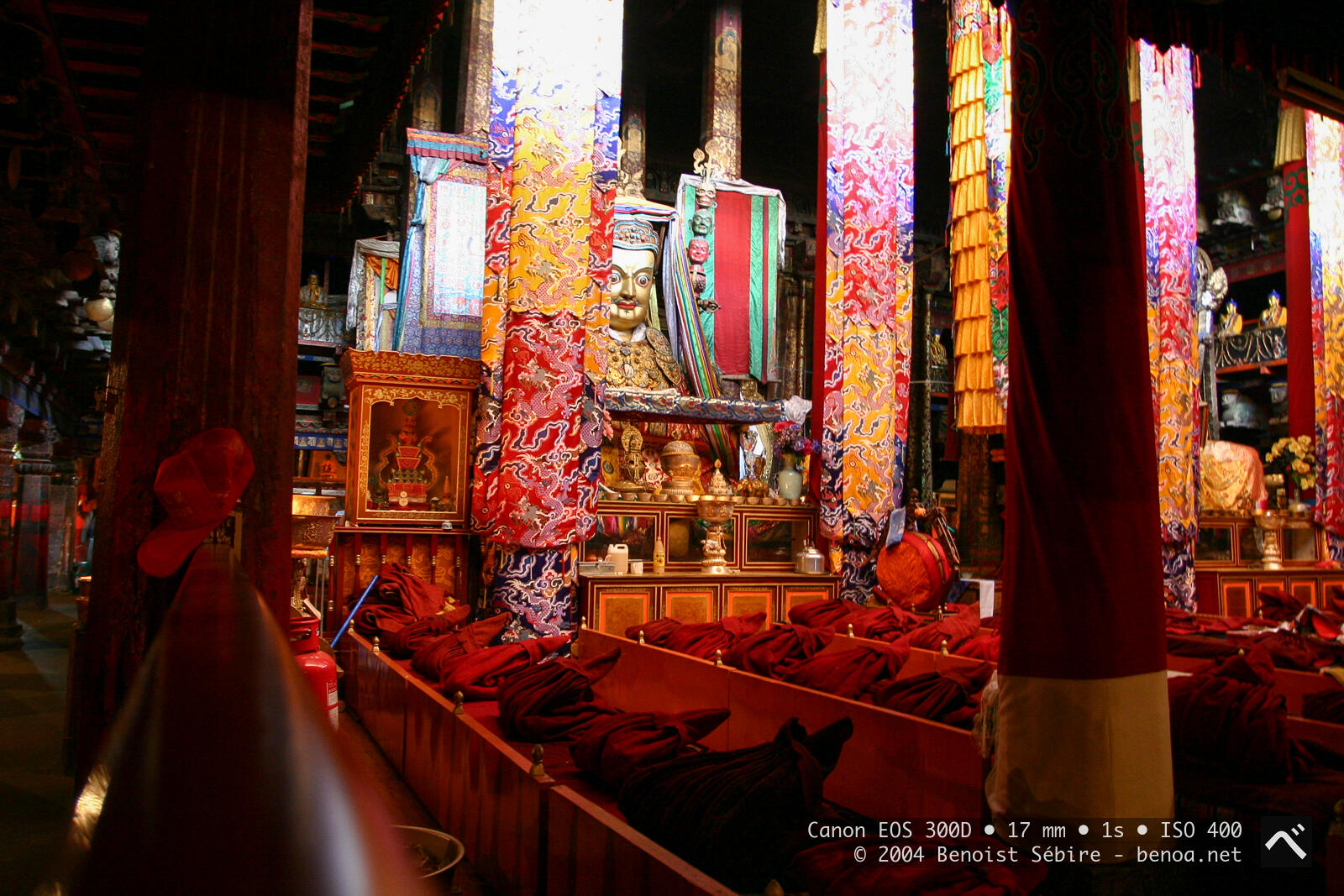
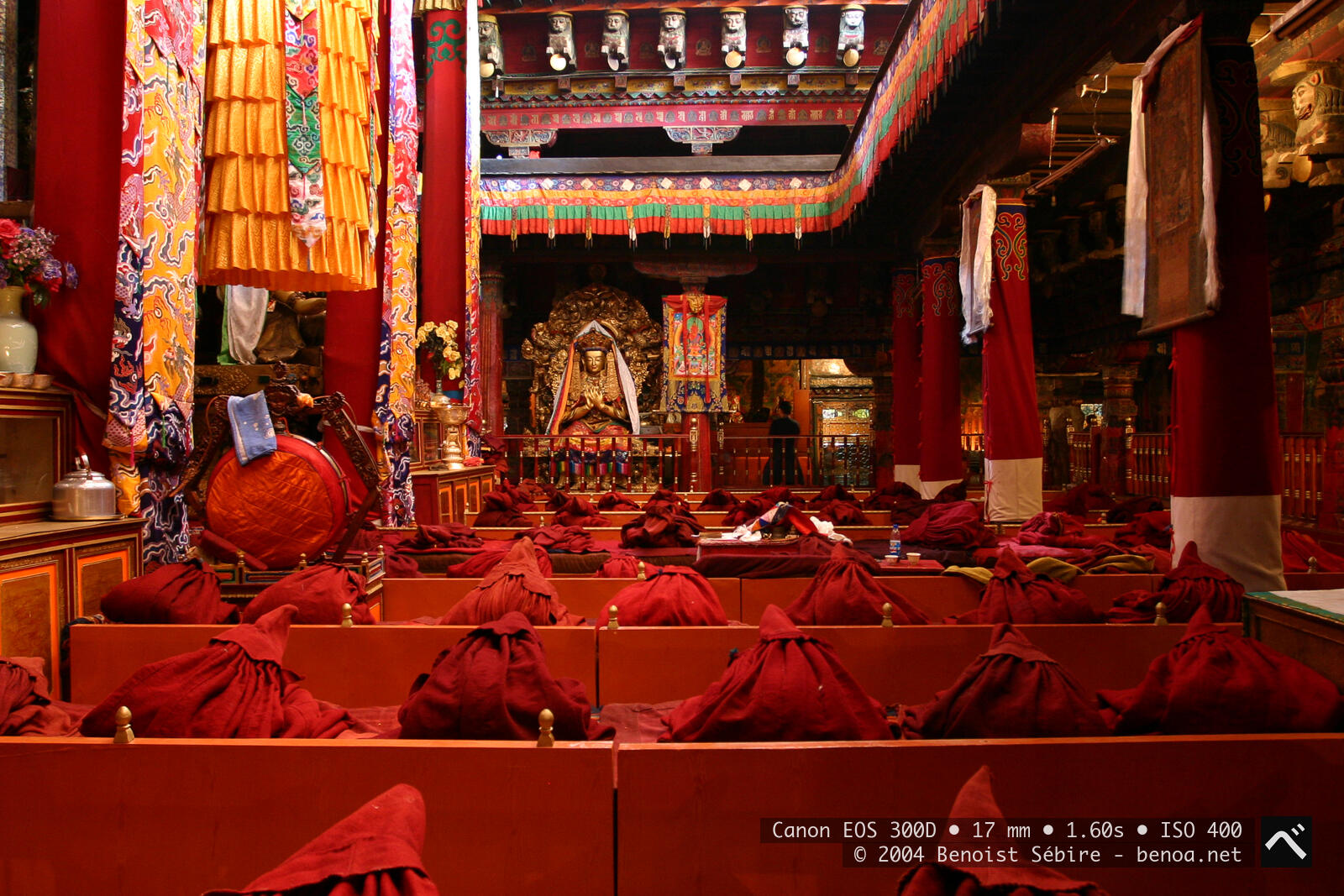

The roof of Jokhang Temple is one of its most striking features, gleaming in the high-altitude sunlight with its golden finials and intricately decorated pagoda-style structures. Made of gilded bronze, the rooftop shines brilliantly against the deep blue sky of Lhasa, reflecting both its religious significance and Tibetan craftsmanship. The golden rooftops are a hallmark of major Tibetan monasteries and temples, symbolising purity, divinity, and the connection between heaven and earth.
Atop the Jokhang, several important structures stand out, including golden statues of deer flanking the Dharma wheel—a key Buddhist symbol representing the Buddha’s teachings and the continuous cycle of enlightenment. This motif is a common sight in Tibetan religious sites, reinforcing the temple’s role as a centre of Buddhist doctrine. The rooftops also feature intricately carved dragons and other auspicious symbols, blending Tibetan and Nepalese artistic influences.
The elevated position of the roof provides breathtaking panoramic views of Lhasa, including the distant Potala Palace and the surrounding mountains. It serves not just as a place of worship but also as a vantage point where monks and visitors can observe the Barkhor pilgrimage circuit below. The Jokhang’s roof, like the temple itself, has endured through centuries of change, its golden splendour standing resilient against both time and political turmoil.
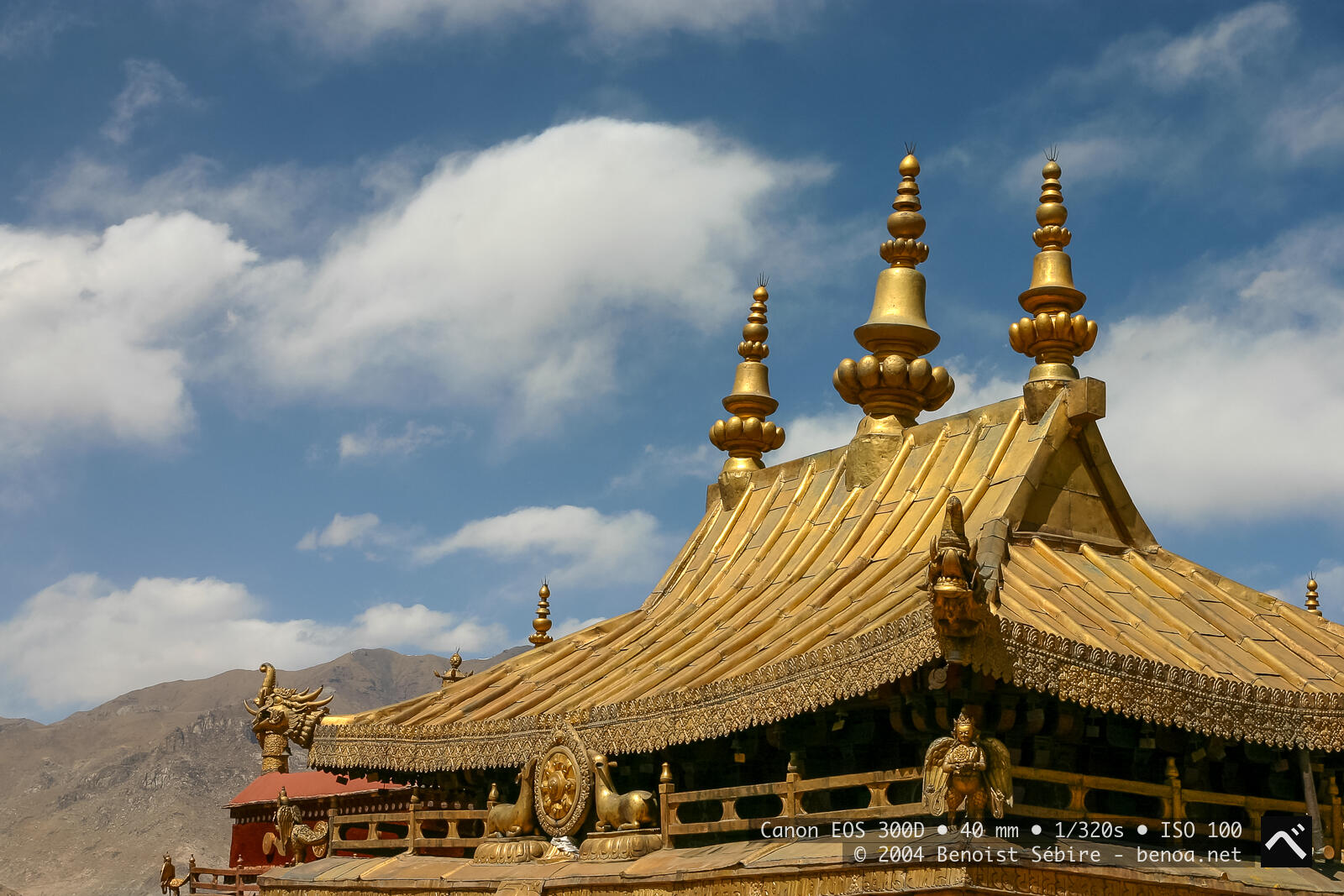
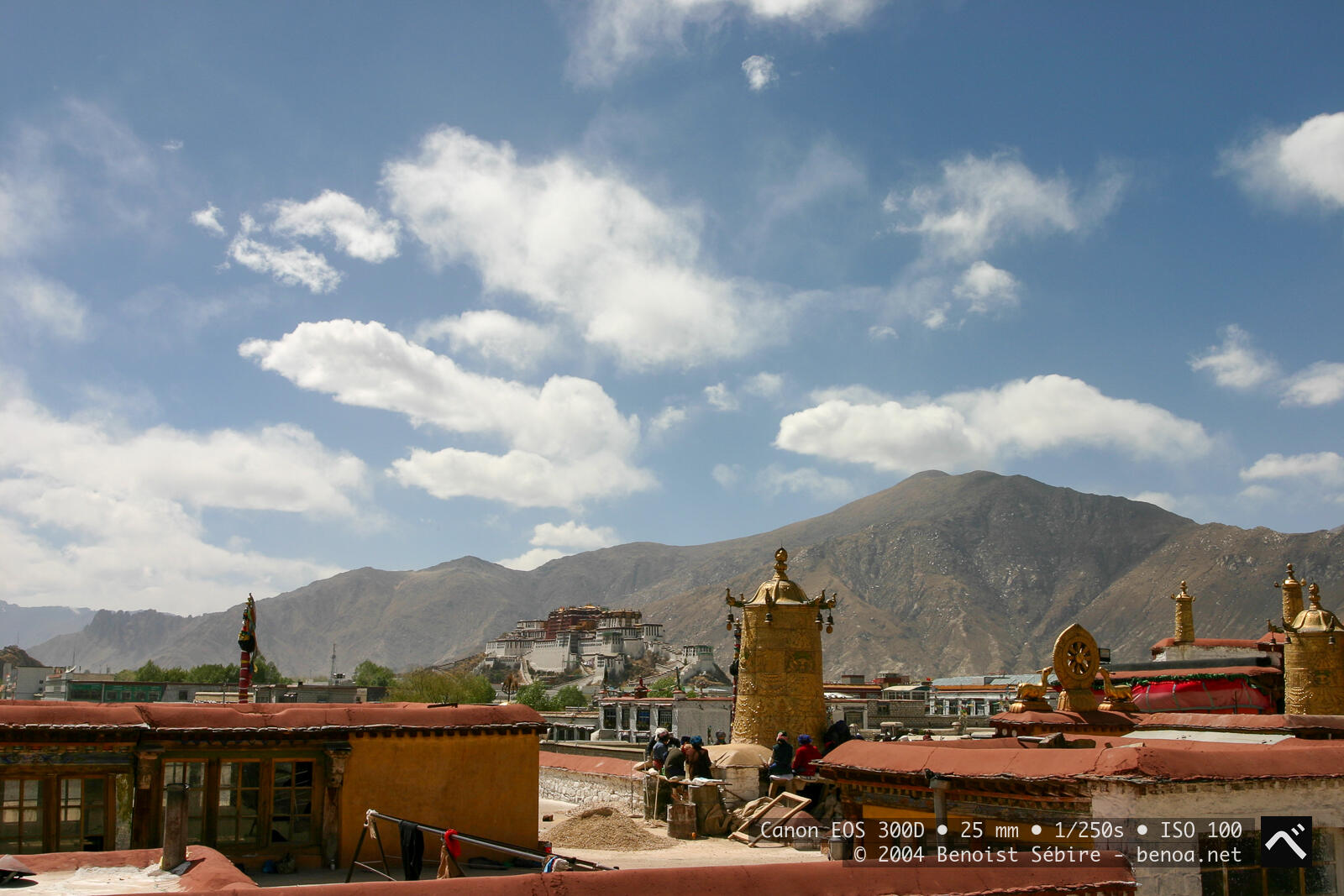
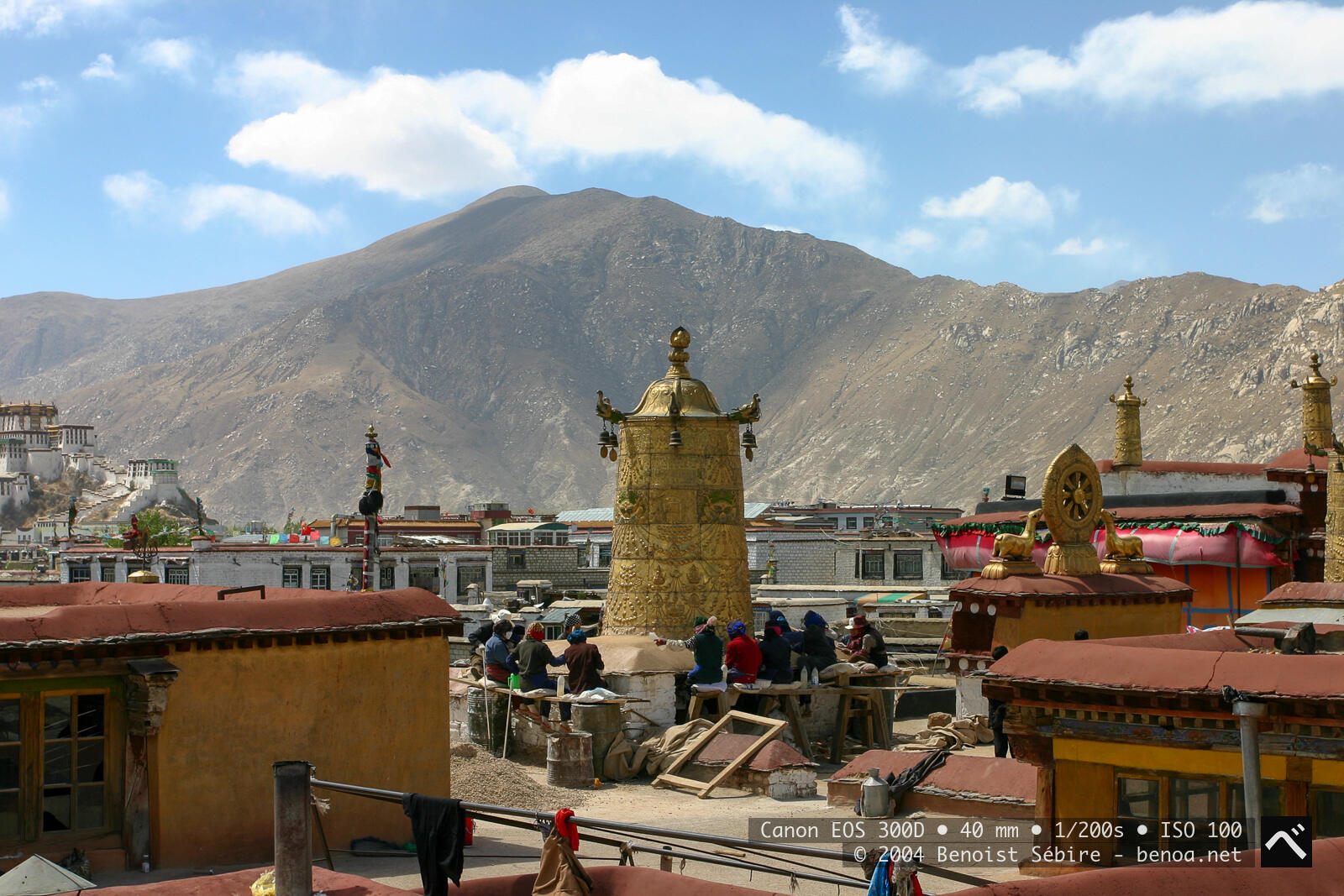
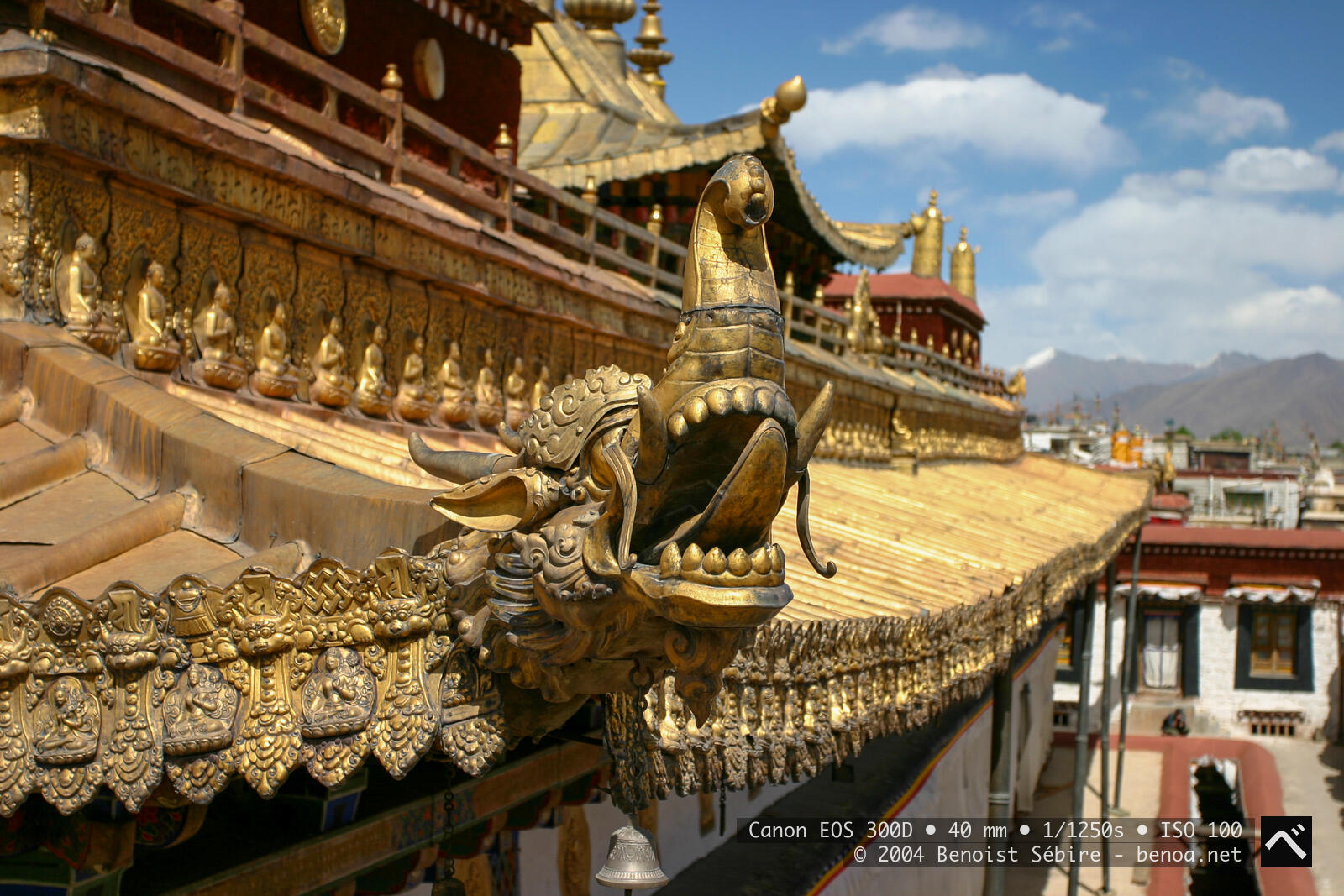
The streets surrounding Jokhang Temple are among the most vibrant and spiritually charged areas in Lhasa. The most famous of these is Barkhor Street, a centuries-old pilgrimage circuit that encircles the temple. This bustling street is constantly filled with Tibetan devotees performing the sacred ritual of kora, walking clockwise around the temple while spinning prayer wheels and chanting mantras. Some pilgrims go even further, prostrating themselves every few steps along the route—a physically demanding yet deeply spiritual practice.
Barkhor Street is not just a religious path but also the heart of Lhasa’s traditional marketplace. Lined with old Tibetan-style buildings, the area is packed with shops and stalls selling everything from prayer beads, thangka paintings, and yak butter to handmade jewellery and antique curios. The scent of burning juniper and butter lamps fills the air, mingling with the occasional waft of freshly made Tibetan bread and butter tea from small teahouses.
